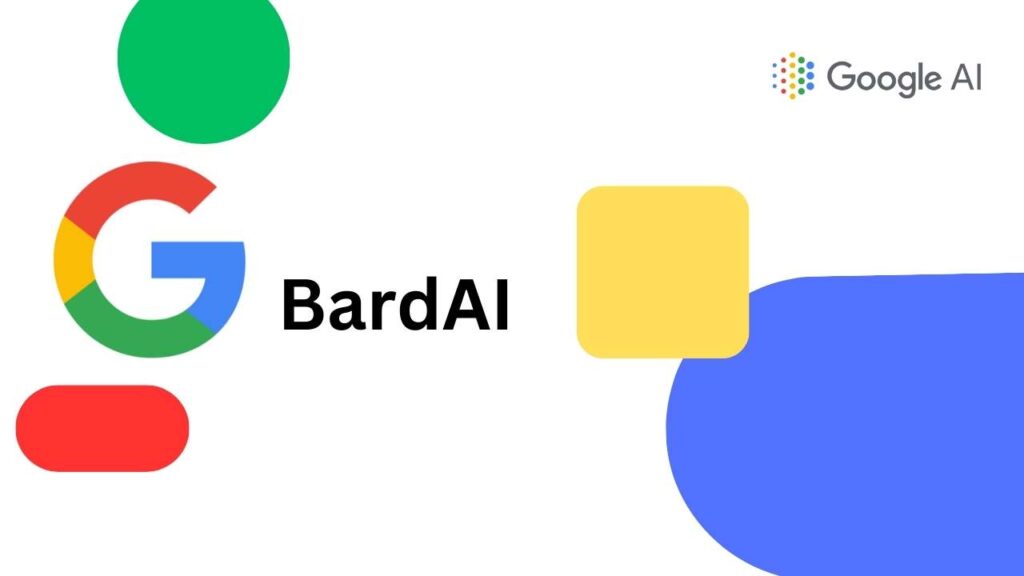In the rapidly evolving world of artificial intelligence (AI), the concept of explainability has gained significant importance. As AI systems become more prevalent in various industries, there is a growing need to understand and interpret the decisions made by these intelligent algorithms. This article delves into the topic of “More Emphasis on Explainable AI” and explores its significance in enabling transparency, trust, and accountability in AI-driven systems.
The Importance of Explainable AI
Shedding Light on the Black Box
One of the key challenges with traditional AI algorithms is their “black box” nature, where the decision-making process is opaque and difficult to interpret. This lack of transparency raises concerns about bias, fairness, and potential ethical implications. By placing more emphasis on explainable AI, we aim to lift the veil on these algorithms, making their inner workings more accessible and understandable.
Building Trust and Acceptance
When AI systems make decisions that impact individuals or society as a whole, it is crucial to have trust and confidence in the outcomes. By embracing explainable AI, we can provide users with insights into how decisions are made, increasing trust and acceptance of AI technologies. This transparency is particularly vital in sensitive domains such as healthcare, finance, and criminal justice, where the consequences of AI decisions can be significant.
Addressing Bias and Discrimination
AI algorithms learn from vast amounts of data, and if that data is biased, the resulting decisions can perpetuate existing inequalities and biases. By focusing on explainable AI, we can uncover potential biases and discrimination in algorithmic decision-making processes. This understanding enables us to rectify biases, improve fairness, and ensure that AI systems work for the benefit of all.

Exploring Explainable AI Techniques
Interpretable Machine Learning Models
One approach to achieving explainability is through the use of interpretable machine learning models. These models are designed to produce results that can be easily understood and interpreted by humans. Decision trees, rule-based models, and linear models are examples of interpretable algorithms that provide insights into the factors influencing their decisions.
Rule Extraction Methods
Rule extraction methods aim to distill complex AI models, such as deep neural networks, into a set of human-readable rules. These rules can shed light on the decision-making process and help users understand why specific predictions or classifications were made. Rule extraction techniques bridge the gap between complex models and human comprehension.
Local Explanations and Feature Importance
Another approach to explainable AI involves providing local explanations for individual predictions. This technique highlights the features or factors that contribute most to a specific decision. By understanding which features are influential, users can gain insights into how the AI system arrives at its conclusions.
Visualisations and Dashboards
Visualisations and dashboards play a crucial role in conveying complex information in a comprehensible manner. Through intuitive graphs, charts, and interactive displays, users can explore the inner workings of AI systems. Visual representations enhance transparency and facilitate understanding, making it easier for non-experts to grasp the decision-making process.

FAQs
Q: What is the significance of explainable AI?
A: Explainable AI is essential for understanding the decisions made by AI systems, ensuring transparency, building trust, and addressing potential biases.
Q: How does explainable AI improve trust and acceptance?
A: By providing insights into the decision-making process, explainable AI enhances trust and acceptance of AI technologies, particularly in sensitive domains like healthcare and finance.
Q: Can explainable AI help address biases in AI algorithms?
A: Yes, by uncovering biases and discrimination, explainable AI allows us to rectify them and improve the fairness of AI systems.
Q: What are some techniques used for explainable AI?
A: Interpretable machine learning models, rule extraction methods, local explanations, and visualizations are some of the techniques employed for explainable AI.
Q: How do visualizations contribute to explainable AI?
A: Visualizations and dashboards provide intuitive representations of AI systems, helping users understand and interpret the decision-making process.
Q: Is explainable AI applicable to all AI systems?
A: Explainable AI techniques can be applied to various AI systems, although the level of interpretability may vary depending on the complexity of the algorithms involved.

As AI continues to permeate our daily lives, it becomes crucial to prioritise the explainability of AI systems. “More Emphasis on Explainable AI” fosters transparency, trust, and accountability in algorithmic decision-making. Through interpretable models, rule extraction methods, local explanations, and visualisations, we can unlock the secrets of intelligent algorithms and ensure that AI serves as a force for good. Embracing explainable AI is a collective responsibility, enabling us to harness the benefits of AI while mitigating risks and promoting fairness.





